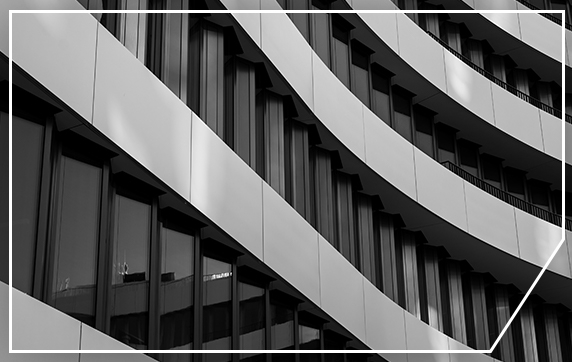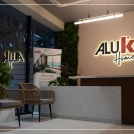In the dynamic landscape of modern construction, a revolution is underway—one driven by the widespread adoption of lightweight materials such as aluminium. This blog embarks on a journey through the evolving role of aluminium in shaping the future of construction, exploring its myriad benefits, innovative applications, and transformative impact on architectural design and sustainability. From soaring skyscrapers to eco-friendly residences, aluminium is redefining the possibilities of building construction, ushering in an era of efficiency, versatility, and environmental responsibility.
The Rise of Lightweight Materials
As urbanization accelerates and environmental concerns mount, the demand for sustainable building solutions has increased. In response, architects, engineers, and builders are turning to lightweight materials that offer a compelling blend of strength, durability, and eco-friendliness. At the forefront of this movement stands aluminium—a versatile metal renowned for its remarkable properties and diverse applications.
Aluminium's Unique Advantages
The value of aluminium lies in its exceptional combination of characteristics. Lightweight yet incredibly strong, aluminium boasts a high strength-to-weight ratio that enables the construction of structures with reduced material usage and enhanced structural integrity. Furthermore, aluminium is non-corrosive, non-combustible, and fully recyclable, making it an inherently sustainable choice for the construction industry.
Innovative Applications in Construction
From towering skyscrapers to sleek residential dwellings, aluminium's versatility in construction knows no bounds. In architectural design, aluminium is used in a myriad of applications, including façade systems, curtain walls, windows, doors, roofing, and cladding. Its malleability allows for intricate shapes and designs, while its durability ensures longevity and resilience in diverse environmental conditions.
Aluminium Façade Systems
One of the most striking applications of aluminium in construction is in façade systems. Aluminium façades offer architects unparalleled design freedom, allowing for the creation of visually stunning exteriors that blend form and function seamlessly. Whether it's sleek modernist buildings or intricate geometric patterns, aluminium façades captivate the eye while providing superior thermal and acoustic insulation.
Energy-Efficient Solutions
In an era marked by climate change and energy conservation, aluminium plays a pivotal role in promoting sustainability in construction Aluminium windows and doors, for example, offer excellent thermal performance, helping to reduce heating and cooling costs while enhancing indoor comfort. Additionally, aluminium roofing solutions reflect solar heat, reducing the need for artificial cooling and mitigating urban heat island effects.
Beyond its functional benefits, aluminium embodies environmental responsibility at every stage of its lifecycle. As a fully recyclable material, aluminium can be repurposed indefinitely without loss of quality, minimizing waste and reducing the carbon footprint of construction projects. Furthermore, aluminium's lightweight nature translates to lower transportation emissions and reduced energy consumption during installation—a win-win for both builders and the planet.
As we look ahead to the future of construction, aluminium emerges as a cornerstone of sustainable building practices. Its inherent properties, coupled with ongoing advancements in material science and engineering, promise to unlock new frontiers in architectural innovation and environmental stewardship. From modular construction to adaptive reuse projects, aluminium will continue to shape the built environment, paving the way for a greener, more resilient future.
In conclusion, the aluminium revolution is reshaping the landscape of construction, offering a compelling vision for a more sustainable and efficient built environment. From its lightweight versatility to its eco-friendly credentials, aluminium stands as a beacon of innovation and environmental responsibility in the architectural world. As designers, builders, and policymakers embrace the potential of aluminium, we embark on a transformative journey toward a future where buildings are not just structures, but symbols of progress, resilience, and sustainability.



